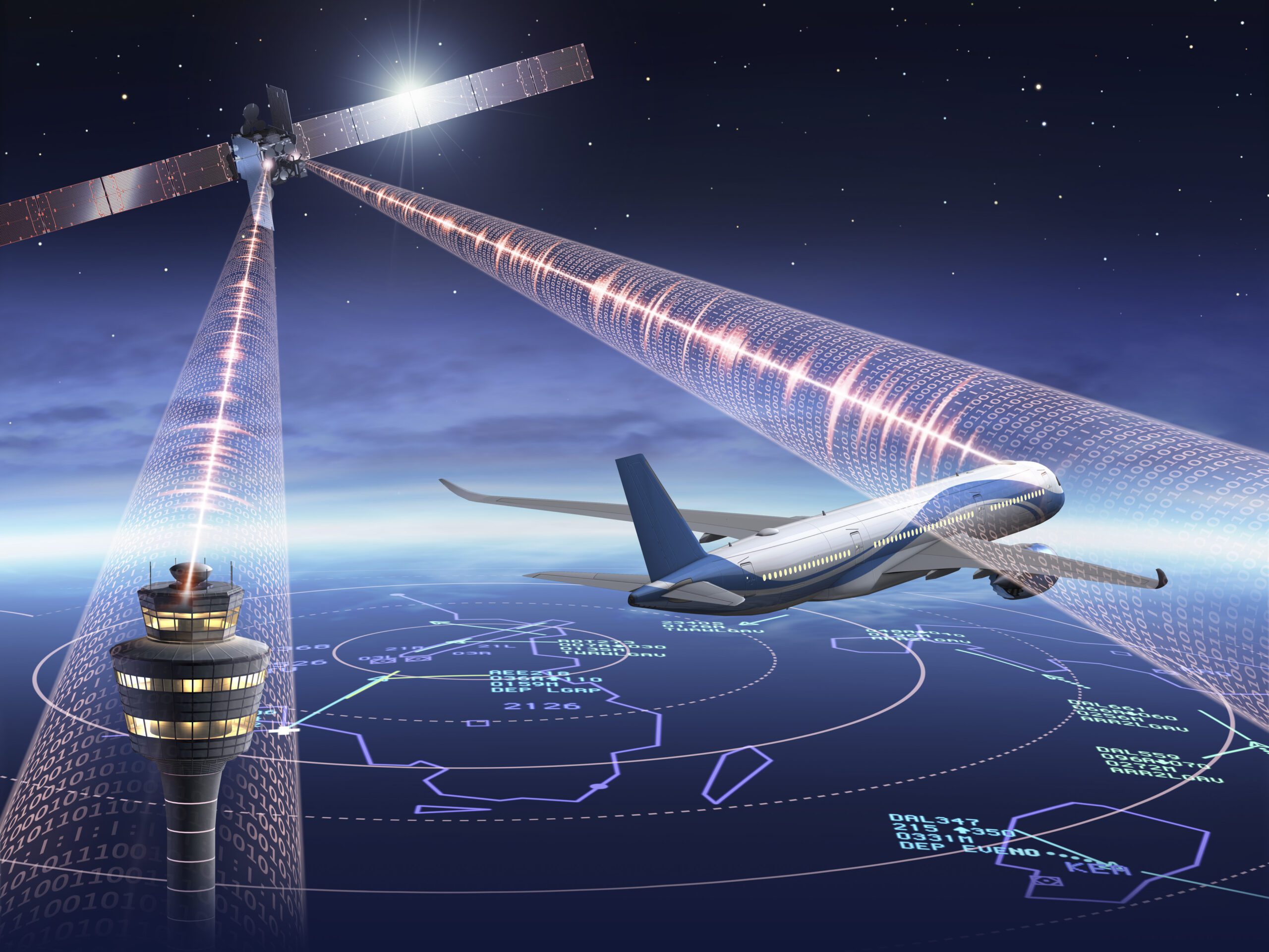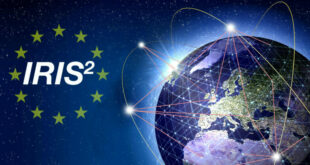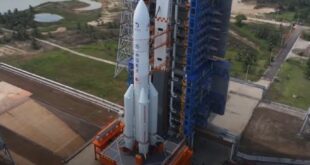
Ibadan, 17 February 2023. – The European Parliament has greenlit the new network of European Infrastructure for Resilience, Interconnectivity, and Security by Satellite (IRIS²) telecommunication satellites. The Parliament endorsed the network with 603 votes to 6 and 39 abstentions, and the text will undergo formal adoption by the Council before its signature and publication in the Official Journal. As a result, the network will be active from 2024.
A €2.4 billion budget will enable the EU to set up the new IRIS², Europe’s first multi-orbital satellite constellation. The new satellites will provide a secure communications infrastructure for EU Government bodies and agencies, emergency services, and European delegations worldwide. Furthermore, the scheme will ensure the EU’s strategic autonomy in secure Government communications, in a context where cyber security threats are becoming increasingly important, especially following Russia’s war against Ukraine.
In negotiations with EU ministers, MEPs made sure to strengthen the system’s environmental provisions and sustainability, preventing space debris proliferation, light pollution and providing carbon footprint compensation to offset the emissions from its operation.
“The European IRIS² satellites are born. Today’s vote will allow Europe to strengthen its autonomy in space,” rapporteur Christophe Grudler said. “These satellites will be useful to governments, but also to citizens, bringing the internet to the least connected areas. I am also pleased they will be an example of space and environmental sustainability, as the European Parliament has requested,” he added.





